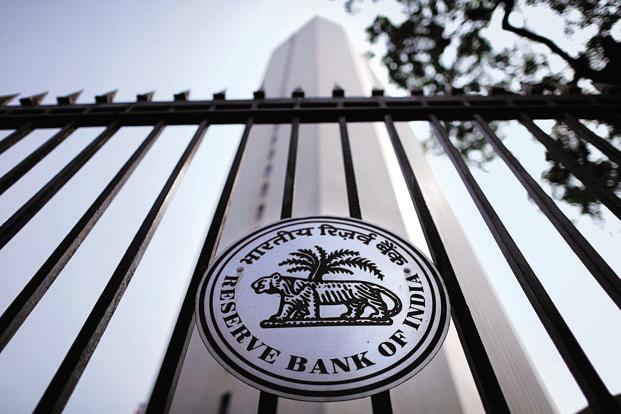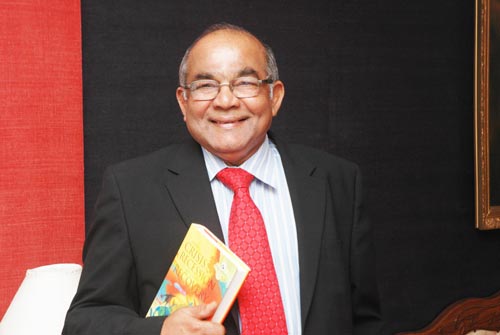

The Reserve Bank of India (RBI) released a statement on Friday that said it has revised the ceiling on issuance of securities under the market stabilization scheme. This limit previously was Rs.30,000 crore for the financial year of 2016-17, the new limit has been raised to Rs. 6 trillion. The statement on the website read, “After the withdrawal of the legal tender character of the 500 and 1,000 denomination notes with effect from November 9, 2016, there has been a surge in the deposits with the banks. Consequently, there has been a significant increase of liquidity in the banking system which is expected to continue for some time.”


Shaktikanta Das, the economic affairs secretary, had said that the government had received a proposal from the banking sector regulator for raising the ceiling on market stabilization scheme bonds on 28 November. In between November 10 and 27, the banks have received Rs. 8.45 Trillion worth deposits. This money, as per the data released by the RBI, says the customers deposited this money in order to exchange the demonetised high denomination notes.


The former RBI governor Yaga Venugopal Reddy introduced the market stabilization scheme bonds during his tenure in 2005. They are generally issued by the central bank to manage liquid operations while interceding the foreign exchange market. This is when the RBI buys dollars, they release rupee in liquid form into the system. This can be managed by the market stabilization scheme bonds.
When market stabilization scheme issues bonds or bills, it would have accredited existing treasury bills and security with dates. But, unlike the normal bonds that are issued to meet the government’s need and fill funds, the MSS bonds are stored in a separate cash account. This will make their issuance minimum to negligible effect on the Government’s Fiscal deficit year. As a temporary measure to control excess liquidity, RBI announced that banks will have to keep aside 100 percent cash reserve ratio or CRR against all deposits made in between 16 September to 11 November. This CRR is up for review on December 9.
































